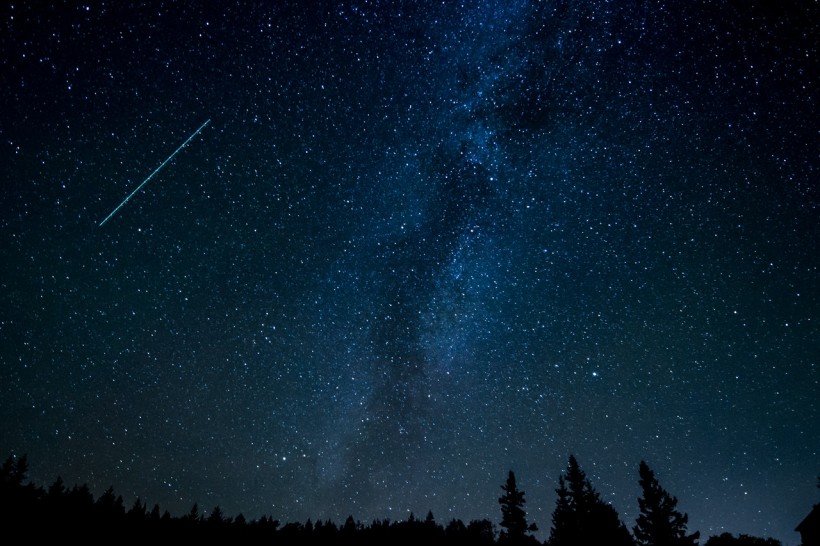Astronomy enthusiasts have been having a great time this summer of 2020, starting from the rare appearance of comet Neowise that we will never get to see in this lifetime, to the spectacular view of five planets and our moon together in our night sky.
There also are a few meteor showers happening, but the best is yet to come: the Perseids meteor shower.

Perseids meteor shower will peak August 11, 12, and 13.
What is the Perseids Meteor Shower?
According to CBS News, the Perseids meteor shower is deemed as the best meteor shower all year--and it's not surprising as the National Aeronautics and Space Administration (NASA) says that under the best conditions, amateur astronomers could see around 100 meteors per hour.
It has a higher amount of fireballs per hour compared to other meteor showers, so it's definitely going to be a spectacular night sky show.
Since there are tons of meteors each hour, you won't have any problems seeing them as they could be incredibly fast, and unlike other meteor showers with fewer fireballs, you could miss the show if you dared strip your eyes away from the sky.
Additionally, the Perseids meteor shower is also well-known for its bright fireballs, with its bright lights and colors.
NASA explains that this meteor shower is active each year from July 14 to August 24, but it will peak around next week in the early mornings of August 11, 12, and 13, which makes these dates the best time to catch a glimpse of these fireballs.
How to Watch It
People have named the meteor shower Perseids as it seemed to appear from the Perseus constellation--but the truth is, they did not originate from that area, so you don't have to spot the constellation.
Perseids is also visible from around the world, so everyone is in luck, and it also makes it easier to catch this spectacular show, but it will be much more visible to those in the Northern Hemisphere.
According to NASA, it's best to find an area where you can view the sky without much obstruction from trees or tall buildings or anything that has some light since it can obstruct your view of the meteors.
Of course, it's also important that the sky is clear.
The meteors typically peak in the pre-dawn hours, so you should check what time sunrise is in your area and wake up at least a couple of hours before it does, but do avoid looking at your phone as it could ruin your night vision.
However, Perseids meteors could be visible starting at 10 p.m., although they may not be as active.
More Meteor Showers to Catch
If the weather did not permit or you just weren't able to catch the Perseids meteor shower, it is still visible up to ten days after it peaked, so you still have a chance to watch it.
There are also live streams of the meteor shower, including that from the Virtual Telescope Project that will begin its feed on Tuesday, August 11, at 22:00 UTC.
Moreover, NASA confirmed the alpha Capricornid and Southern Delta Aquariid meteor showers are still active, and then Orionid will also start this October.
Read Also: SpaceX's Starship SN5 Flew Its First Test Flight for 40 Seconds: Musk Said 'Mars is Looking Real'
This article is owned by TechTimes
Written by: Nhx Tingson








